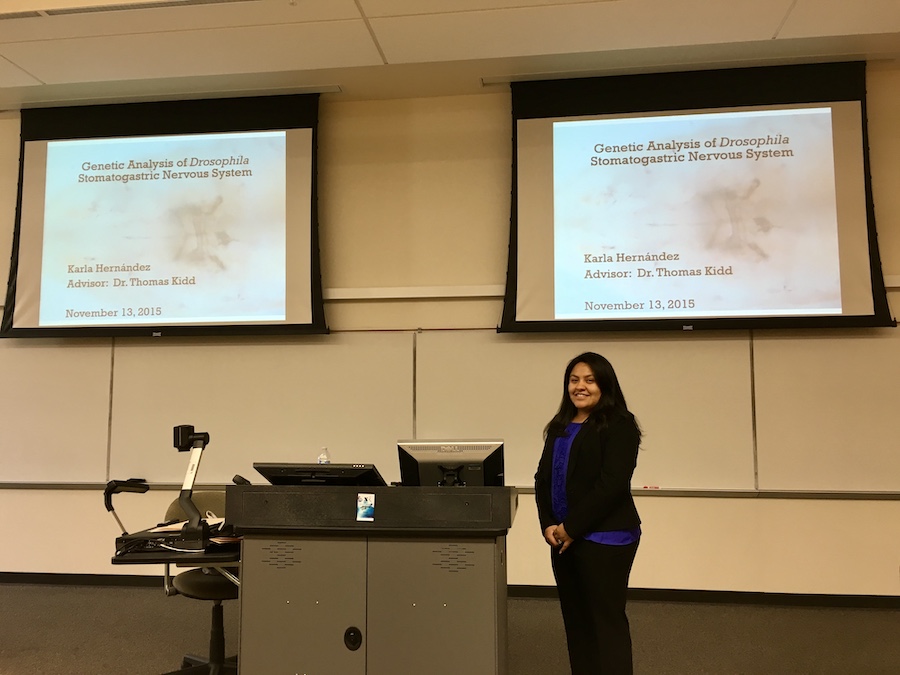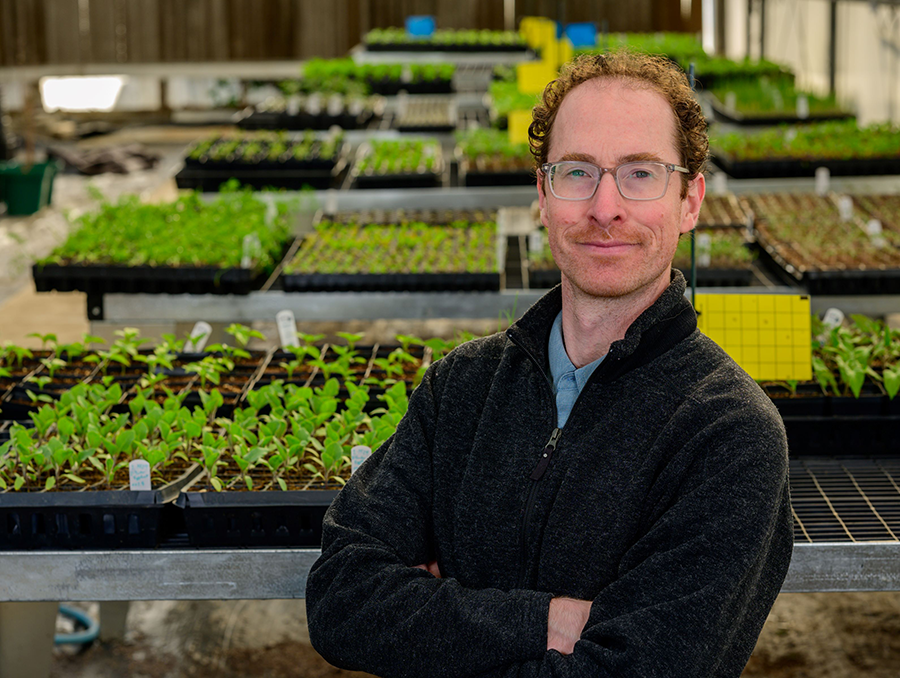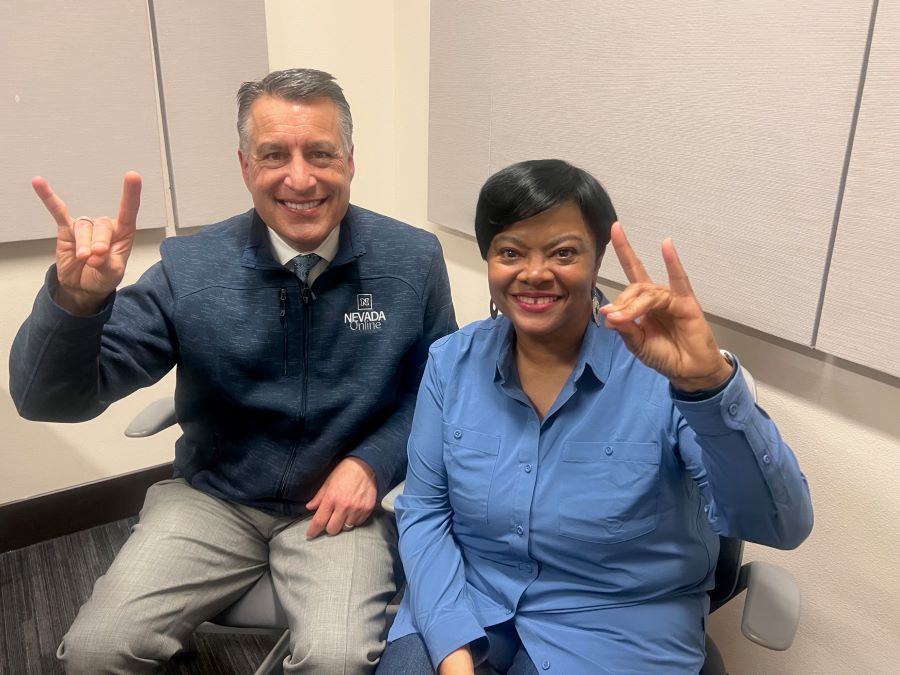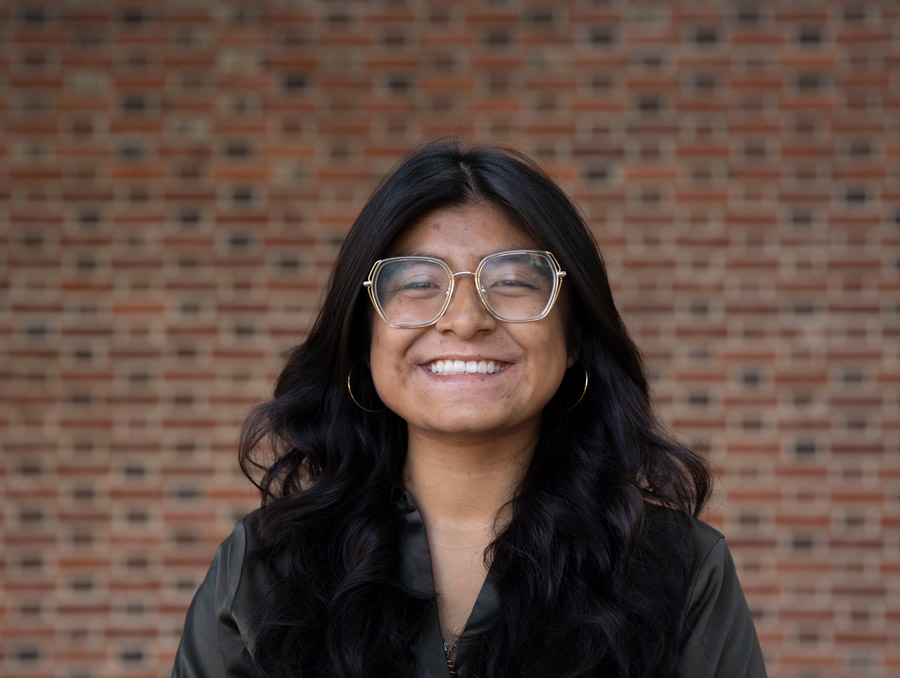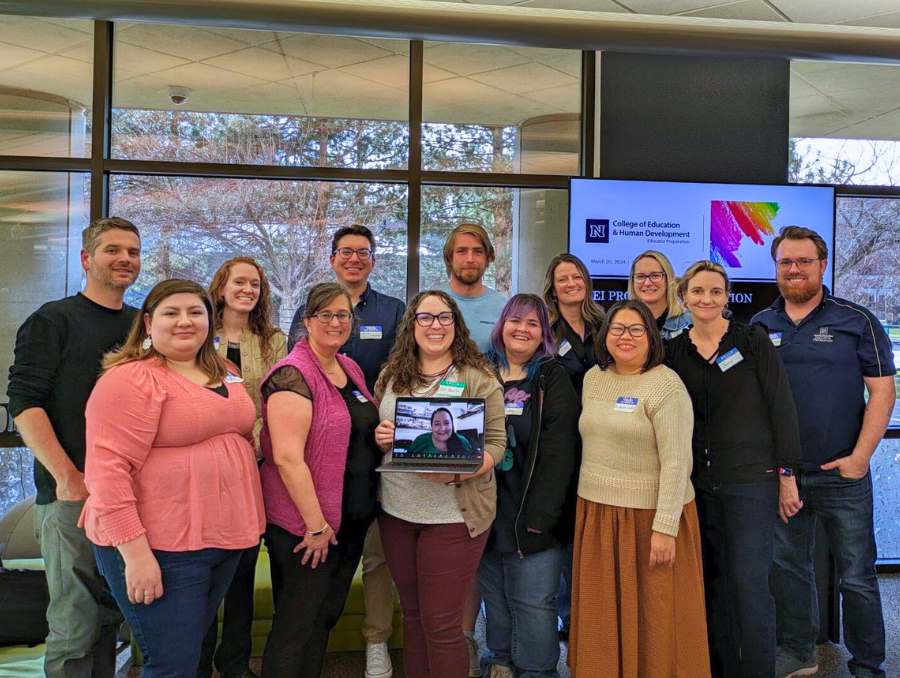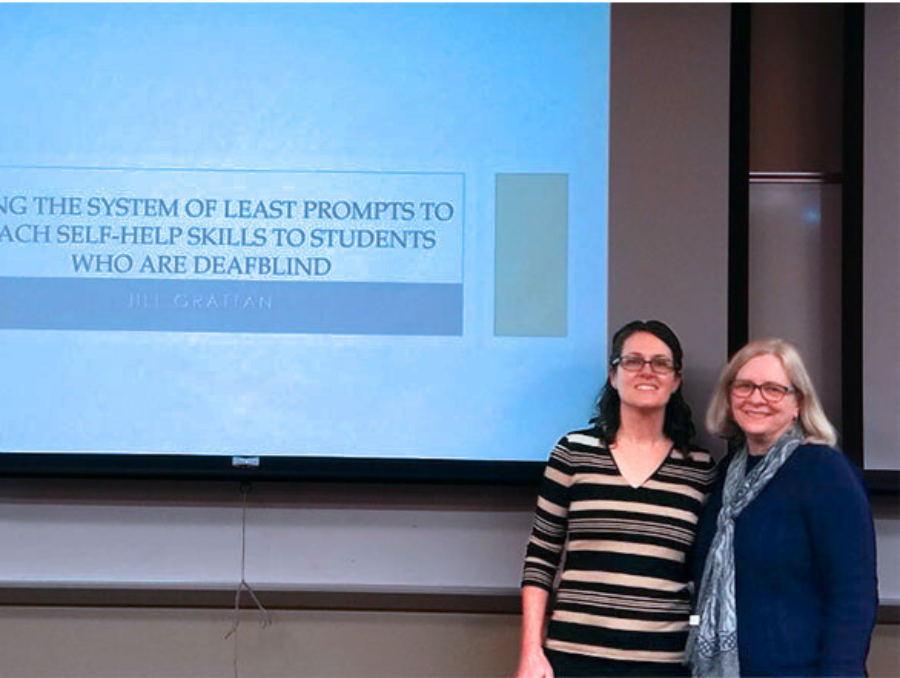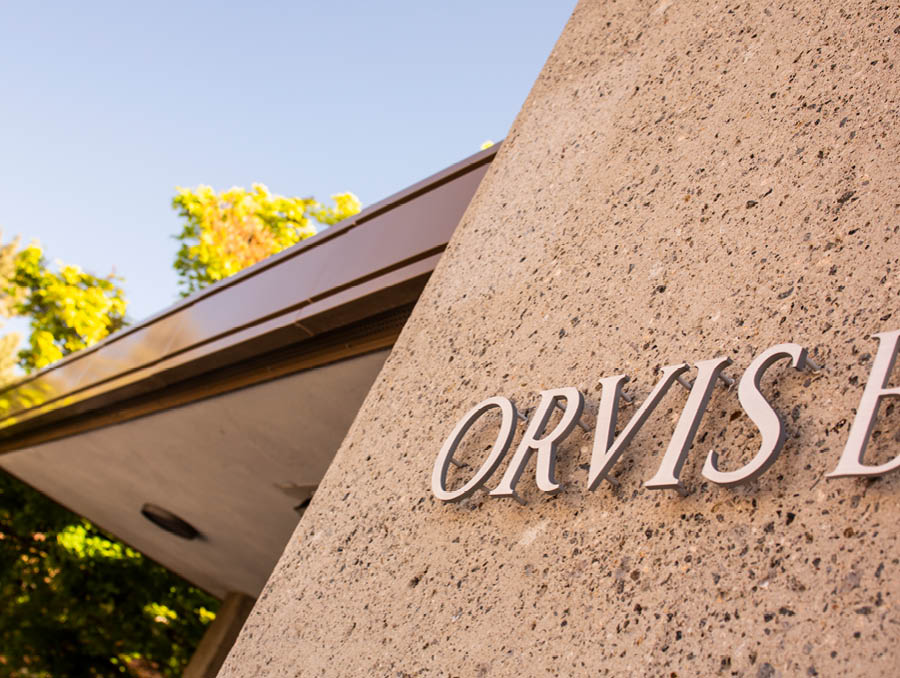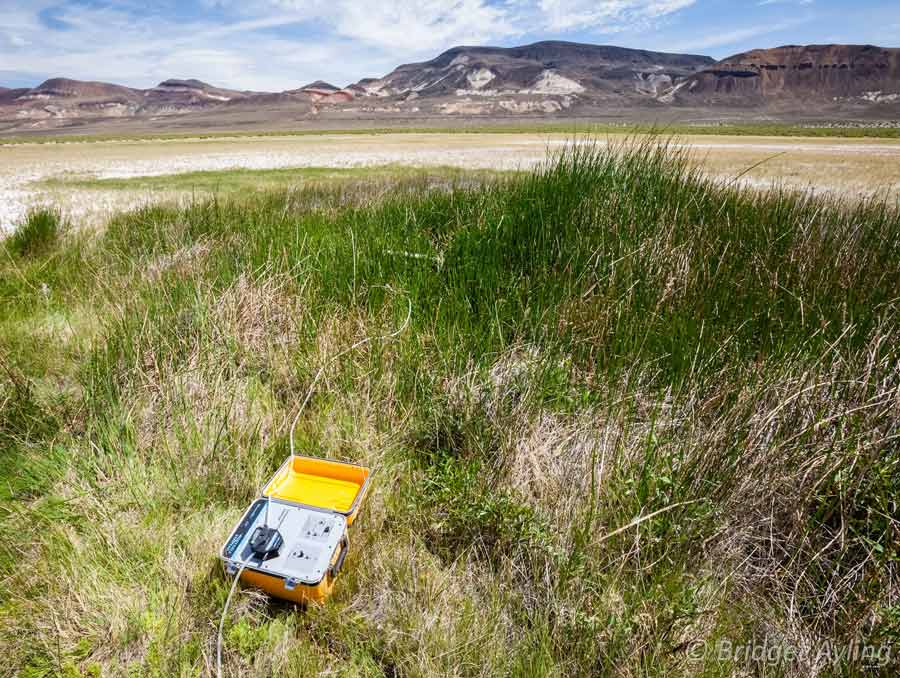With all due respect to the 112 years that the Northwest Mining Association has been in existence, the organization's recent annual meeting in Sparks might well have been renamed "Mackay Week" in recognition of the excellent representation on the program of Mackay School of Earth Sciences and Engineering faculty and students.
"It was a great showing by our people," said Jim Taranik, director of Mackay and one of the presenters during the annual meeting, which was held at John Ascuaga's Nugget on Dec. 4-8. "It's one of the largest mining conferences in the country, and traditionally the event has always been held in Northwest Mining's home of Spokane, Wash.
"With more than 2,000 attendees, I think the association was very pleased with the success of the event. It was a great showcase for our faculty and students."
One of the highlights of the event came when Dirk Van Zyl, director of the Mining Life-Cycle Center and professor and chair of mining engineering, was presented the "Dr. Adrian Smith International Environmental Mining Award" at the industry outlook luncheon. The award, created in 1996, and sponsored by Mining Journal (of London), TIMES Limited and SRK Consulting, had been presented just three times previously. It recognizes lifetime achievement in the advancement of environmental stewardship and sustainability within the global mining industry.
The award is in honor of Dr. Adrian Smith, and serves as recognition of the lifetime achievement of professionals dedicated to the development and application of environmental stewardship in the mining industry worldwide.
"I was very honored and humbled to receive the award," Van Zyl said. "Having known Adrian before he passed away at an early age and also publishing with him made me understand his passion to get the science correct, regardless of whether the news is good or bad for the recipient.
"I have been very fortunate to work with the industry on a number of projects, initiatives and many educational opportunities. In many instances the mining industry today is a leader in many directions, including environmental stewardship, and it was a great honor to receive the award."
That wasn't all. Taranik made a presentation on "Hyperspectral Remote Sensing for Mineral Exploration," while fellow faculty member Tommy Thompson, director of the Ralph J. Roberts Center for Research in Economic Geology at Mackay, led a special session on "Mineral Deposits, Geology and Exploration."
Taranik was also a session chair for "The Action Plan for the Mining Workforce of the Future," an important topic for those gathered.
Although the mining industry has undergone a significant boom in recent years – 2006's gathering was the best-attended conference since 1999 – the industry must remain keen in understanding what the future will hold, Taranik said.
"The session covered current challenges facing the minerals industry and government in providing new employees to their workforce," he said. "Minerals-related companies are enjoying great success right now, but the numbers of graduates from minerals-related programs throughout the United States is alarming. In the early 1990s, about 150 engineers were graduated from these programs. Two years ago, the number had dwindled to 87 engineers. It's a very real challenge, both in talent and manpower."
Van Zyl led a session on one of his specialties, sustainable development, entitled, "Sustainable Development: Engaging Aboriginal Communities." The session focused on how the mining industry has had variable success in engaging aboriginal communities to discuss mining projects relating to legacy issues, ongoing operations as well as green field projects.
Kathleen A. Altman, associate professor of mining engineering, led a session on "Metallurgy: Challenges and Progresses," which included an update on metallurgical research activities at the University done by Altman and M.C. Fuerstenau, emeritus professor and Manoranjan Misra, professor, of materials science and engineering. Altman's session focused on many of the challenges that have been inherent in mining's boom: the high cost of energy, a lack of trained personnel to do the work that is required, and shortages of supplies.
The University's session effort was anchored by Jonathan Price, state geologist and director of the Nevada Bureau of Mines and Geology, who was part of the session on "Nevada's Leadership Role in Hardrock Mining: How it got there ... how it stays there." Price, with more than two decades of experience in Nevada as state geologist, explained why there is so much gold in Nevada, including the Carlin Trend, which ranks among the world's top five most productive gold trends.
Taranik was also justifiably proud of an alumni function that occurred at the end of the week, when a reception dinner was held on Dec. 7 in the historic Mackay School of Mines Building on the Nevada campus. The evening event included the unveiling of a 1900 historic map entitled, "Compiled Map of Workings on the Comstock Lode."
The local area's effort—as well as the effort of Nevada's faculty and students, all part of the College of Science—in contributing to a successful gathering did not go unnoticed. In wire service reports in the wake of the event, Laura Skaer, the association's executive director, said that although the 2007 conference will be back in Spokane, "after that, my guess is we'll probably be here (in northern Nevada)."
Taranik said the faculty and students will be ready.
"We'd certainly welcome the opportunity to participate in such a significant way again," he said.




